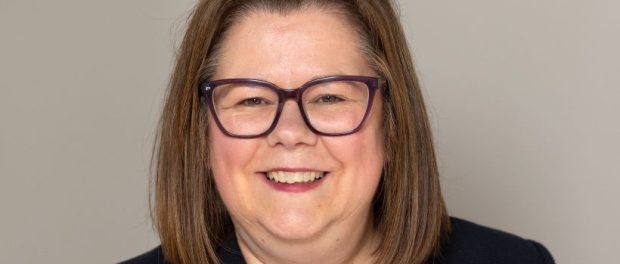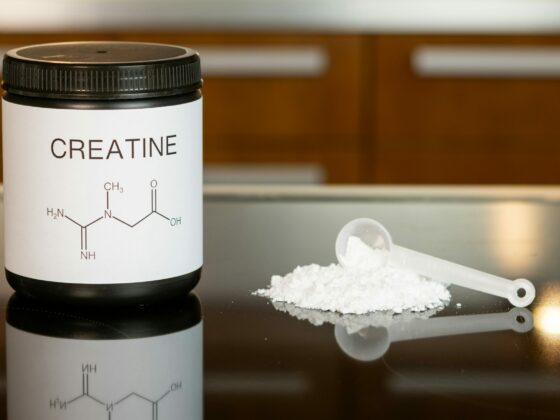
Here’s a quick example of how to use RevPAR:
To keep things simple, let’s make a fictional example, the Hotel Belvedere, which has 10 rooms in total.
When all rooms are booked, the total revenue that the Belvedere made is (5 x £85) + (5 x £135) = £1,100
Here the Average Daily Rate is £110 (Total Room Revenue= £1100 / Available Rooms = 10)
In this scenario of 100% occupancy rate, the RevPAR figure is as follows:
But what Hotel Belvedere doesn’t always achieve 100% occupancy? Cancellations may lead to just 4 standard rooms and 3 superior rooms booked. So our calculation is as follows:
Here the Average Daily Rate is £106 (Total revenue £745 / Total number of rooms 7)
Now we know our Average Daily Rate (ADR) we can calculate our RevPAR figure.
In this scenario of 70% occupancy rate, the RevPAR figure is as follows:
Both examples illustrate the potential and effectiveness of a hotel in generating revenue.
Why should I use RevPAR?
If your hotel’s occupancy rate is not at 100% and the RevPAR is below the ADR, it’s a signal that you should probably reduce the average price per room to help increase occupancy.
Understanding RevPAR data helps develop an effective revenue management strategy. Its insights can be used for pricing strategies, or just to inform overall financial performance. In general, RevPAR gives you a clear indication of how well you are doing at stipulating rates and making a profit.
If you focus solely on filling your rooms and pay little or no attention to RevPAR, you may be taking a steep loss without even realising it. With RevPAR-based data at your disposal, here is how to avoid that.
With RevPAR, you establish a clear baseline for your daily revenue, for which your total expenditure cannot exceed. To illustrate, try summing up the total daily costs for your hotel, and dividing it by the total hotel rooms. If the resultant number exceeds the RevPAR, then you guessed it, you are losing money even when your rooms are fully booked. If you’re a larger hotel, you can use the RevPAR index to measure your performance against your competitors.
How to calculate RevPAR index?
RevPAR index is (Your RevPAR / Aggregated group of hotels’ RevPAR) x 100. If you’re a larger hotel (50+ rooms) this is an extremely useful tool.
One’s RevPAR index is at 100 – meaning you’ve earned and received your fair and square market share in terms of RevPAR. Anything higher than that indicates a revenue generating index higher than average, and anything below indicates underperformance.
In both cases, further investigation is warranted, either to double down on what’s working or reel back from whatever is causing suboptimal results.
Finally – how can you increase total RevPAR?
Increasing your RevPAR is as simple as increasing your gross operating profit. Your gross operating profit is what’s left after you’ve made your money and paid your cost of goods sold – so internet bills, inventory staff members and all of that. It is the money you take to the bank, and for this reason, it’s considered one of the strongest indicators of performance and of your overall profitability that there is.
RevPAR is not the whole story
On matters of revenue, RevPAR alone does not tell the whole story, especially if you are a small hotel. A large hotel with 500+ rooms may have a lower RevPAR, but is pulling in a lot more revenue. While trying to increase your RevPAR, keep in mind other equally important factors such as costs and other key performance indicators.
Nevertheless, RevPAR is a good indicator that can help you grow your business if you use it right and complement it with other metrics. It can keep you on top of your financial and overall hotel performance.
Additional tips for using RevPAR data:
To effectively use RevPAR data, there are several ways you can get started:
-
Regularly Analyse RevPAR: Utilise reporting tools to monitor performance and identify trends.
-
Address Potential Limitations: RevPAR does not account for commissions or operational expenses. Consider using Net RevPAR or Total RevPAR for a more comprehensive analysis.
-
Constantly Implement Feedback: Adjust pricing strategies based on demand, optimise booking processes, and enhance guest experiences to increase RevPAR.
-
Invest in Marketing: Using targeted advertisement and SEO, you can improve your RevPAR.
-
Collaborate with Agencies: Partnering with travel agencies can boost booking rates.
-
Optimise Your Pricing: Align your pricing with the market to stay competitive.
-
Streamline Booking Processes: Ensure your booking system is user-friendly, enhancing customer satisfaction and increasing direct bookings.
Make the Most of Your Hotel’s RevPAR
RevPAR is a vital metric for any hotelier focused on maximising revenue and optimising operational efficiency. Understanding and applying the principles of RevPAR calculation can help hoteliers significantly improve their property’s financial health and offer a competitive edge.
Frequently Asked Questions: RevPAR
1) What is RevPAR in the Hospitality Industry?
A1: RevPAR, or Revenue Per Available Room, measures the average revenue generated per available room, providing insights into the financial performance of a hotel.
2) How Can Hoteliers Improve RevPAR?
A2: Focus on increasing occupancy rates, optimising room rates, and enhancing the overall guest experience. Consider strategic marketing and pricing adjustments during different market conditions.
3) Does RevPAR Account for All Revenue Sources?
A3: Basic RevPAR calculations only consider room revenue. For a comprehensive view, include all revenue streams or use Total RevPAR.
4) How Often Should RevPAR Be Analysed?
A4: Regularly analyse RevPAR to keep up with market trends, ideally monthly or quarterly. This will help you make timely adjustments to your revenue management strategies.
5) What is a good RevPAR?
A RevPAR that is the same as your ADR over an extended period of time. That means your hotel has the maximum occupancy for the price you determined, and perhaps could signify you can price it higher.
6) What is the Revenue Generating Index?
The revenue generating index (RGI) evaluates a hotel’s performance against its competitors in terms of room rates and revenue.








